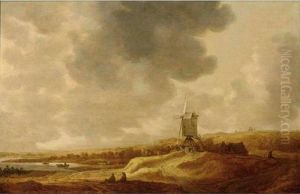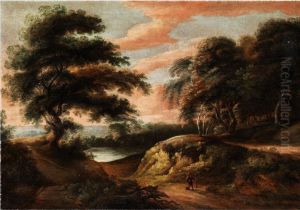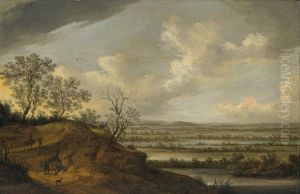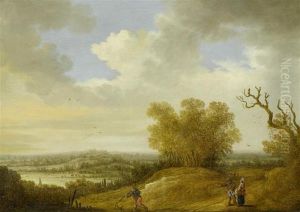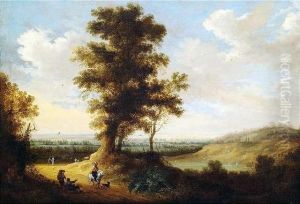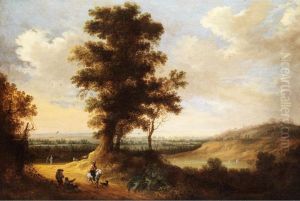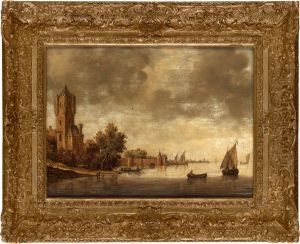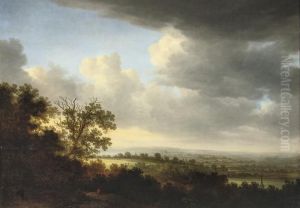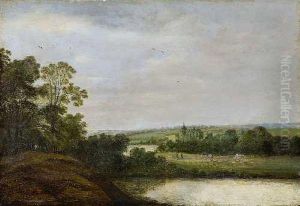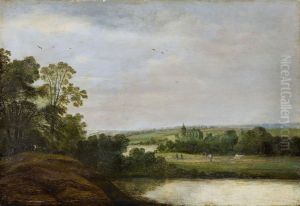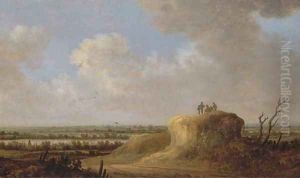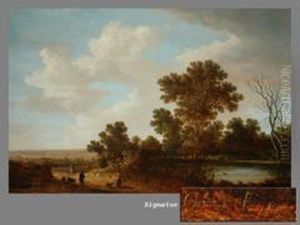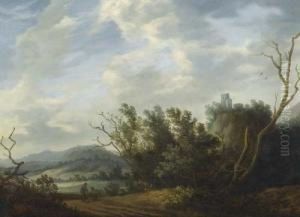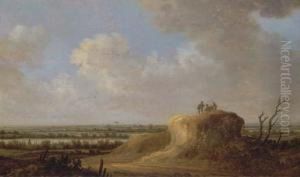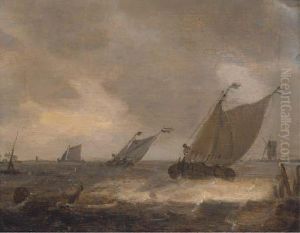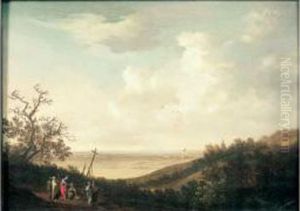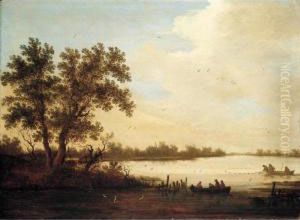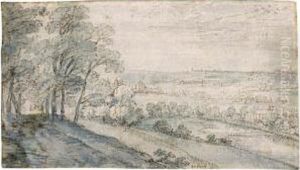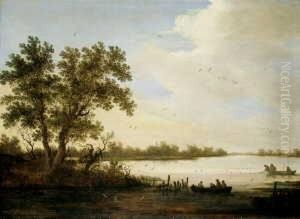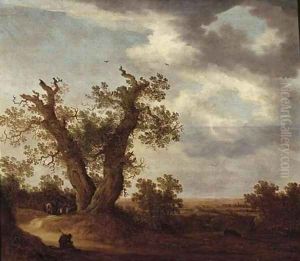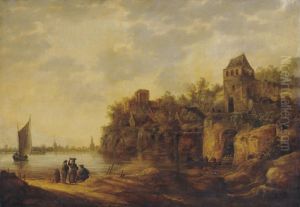Johannes Pietersz. Schoeff Paintings
Johannes Pietersz. Schoeff, also known as Jan Pieterszoon Schoeff, was a Dutch Golden Age portrait painter. Born in 1601, Schoeff spent most of his life in the Netherlands, primarily in the city of Amsterdam. He lived during a period of great wealth and cultural achievement that historians often refer to as the Dutch Golden Age, a time when Dutch art, science, trade, and the military were among the most acclaimed in the world.
Schoeff's work as a portrait painter was well-regarded during his time. He was especially known for his skillful representation of texture and fabric, as well as his attention to detail in capturing the likeness and personality of his sitters. His portraits often depicted members of the Dutch bourgeoisie, military officers, and other notable figures of the era.
Unfortunately, not much is known about Schoeff's early life or training. It is believed that he was a pupil of a prominent artist of the time, possibly someone like Michiel van Mierevelt, although there is no concrete evidence to support this. Schoeff's style suggests that he was well-acquainted with the works of other contemporary Dutch portraitists and that he was influenced by the prevailing artistic trends of his time.
Throughout his career, Schoeff maintained a steady stream of commissions, which is a testament to his reputation and the demand for his work. Despite his success, few of his paintings are widely recognized today, and he is not as well-known as some of his contemporaries like Rembrandt or Frans Hals.
Johannes Pietersz. Schoeff died in 1652 in Amsterdam. His works are part of several museum collections and continue to be studied for their contributions to Dutch portraiture during the Golden Age. His art provides valuable insight into the society and culture of 17th century Netherlands, reflecting the wealth and status of his clientele and the artistic trends of his time.
